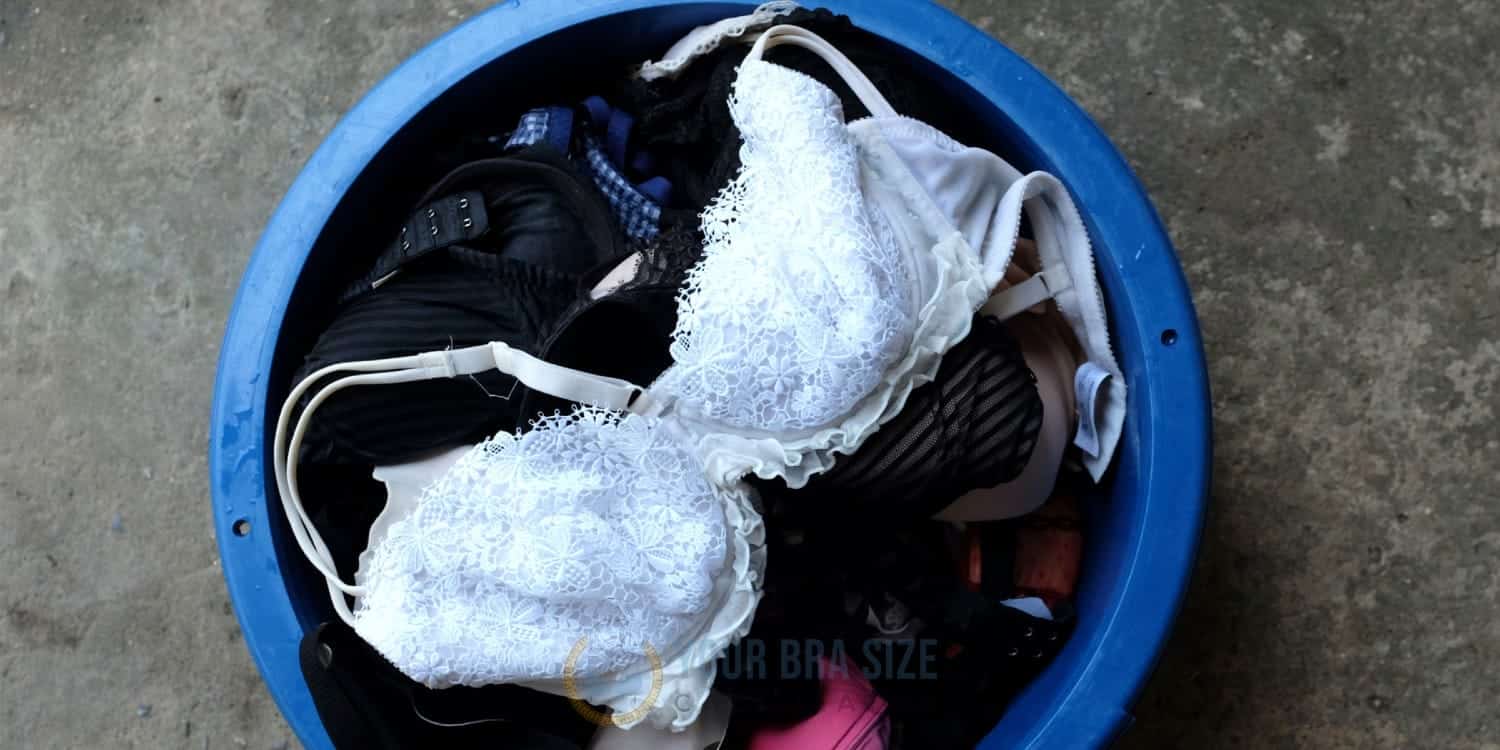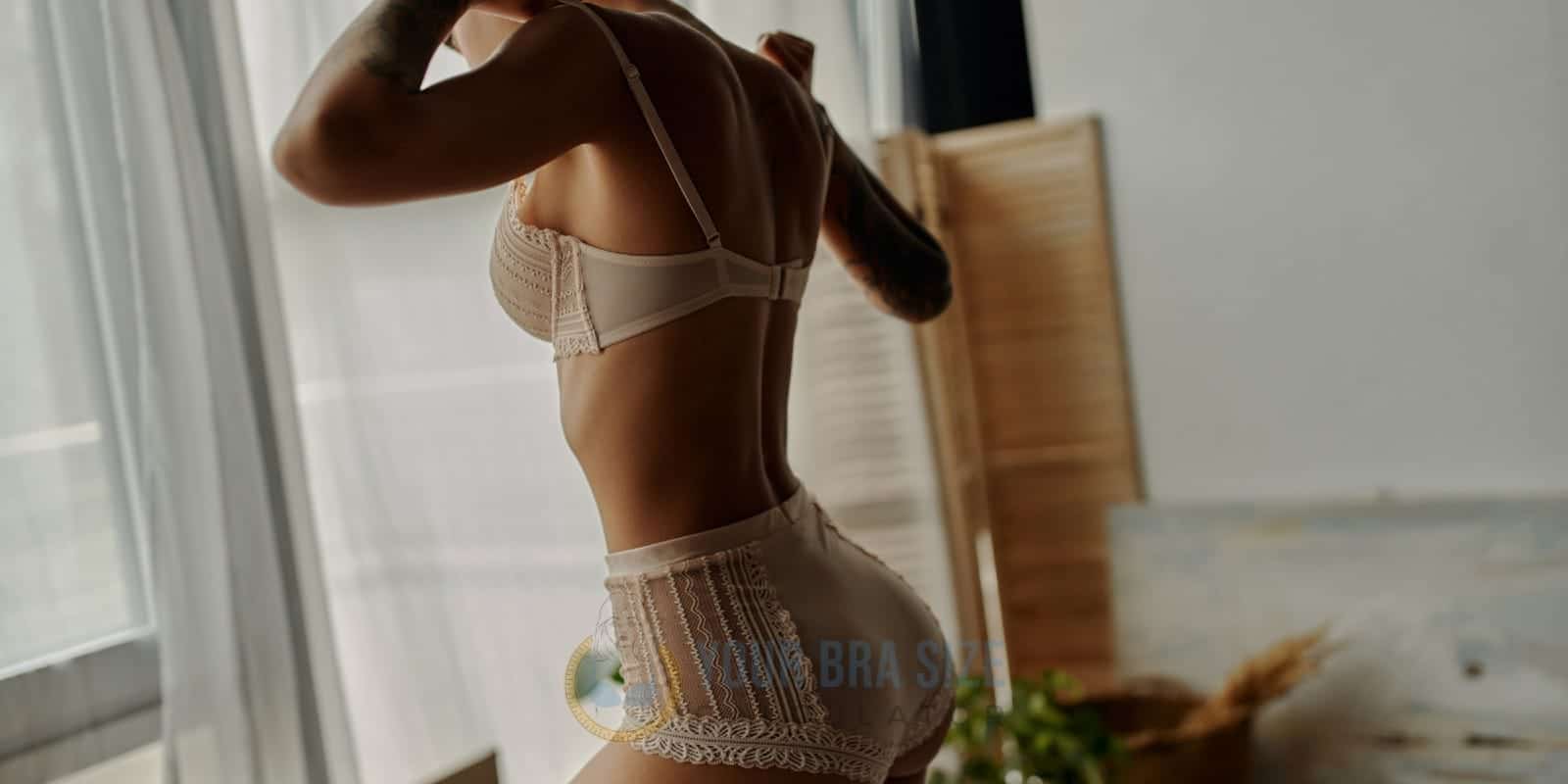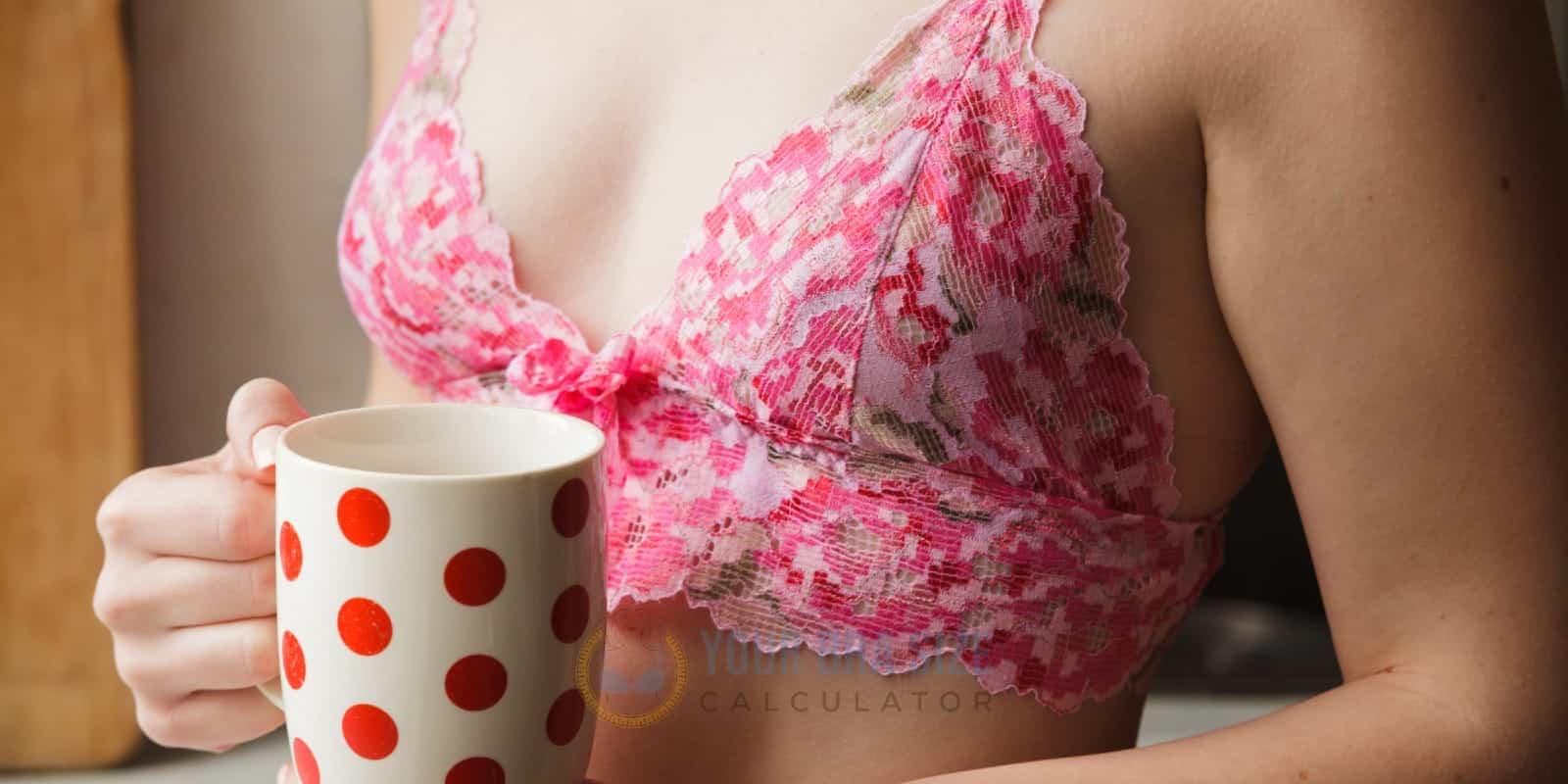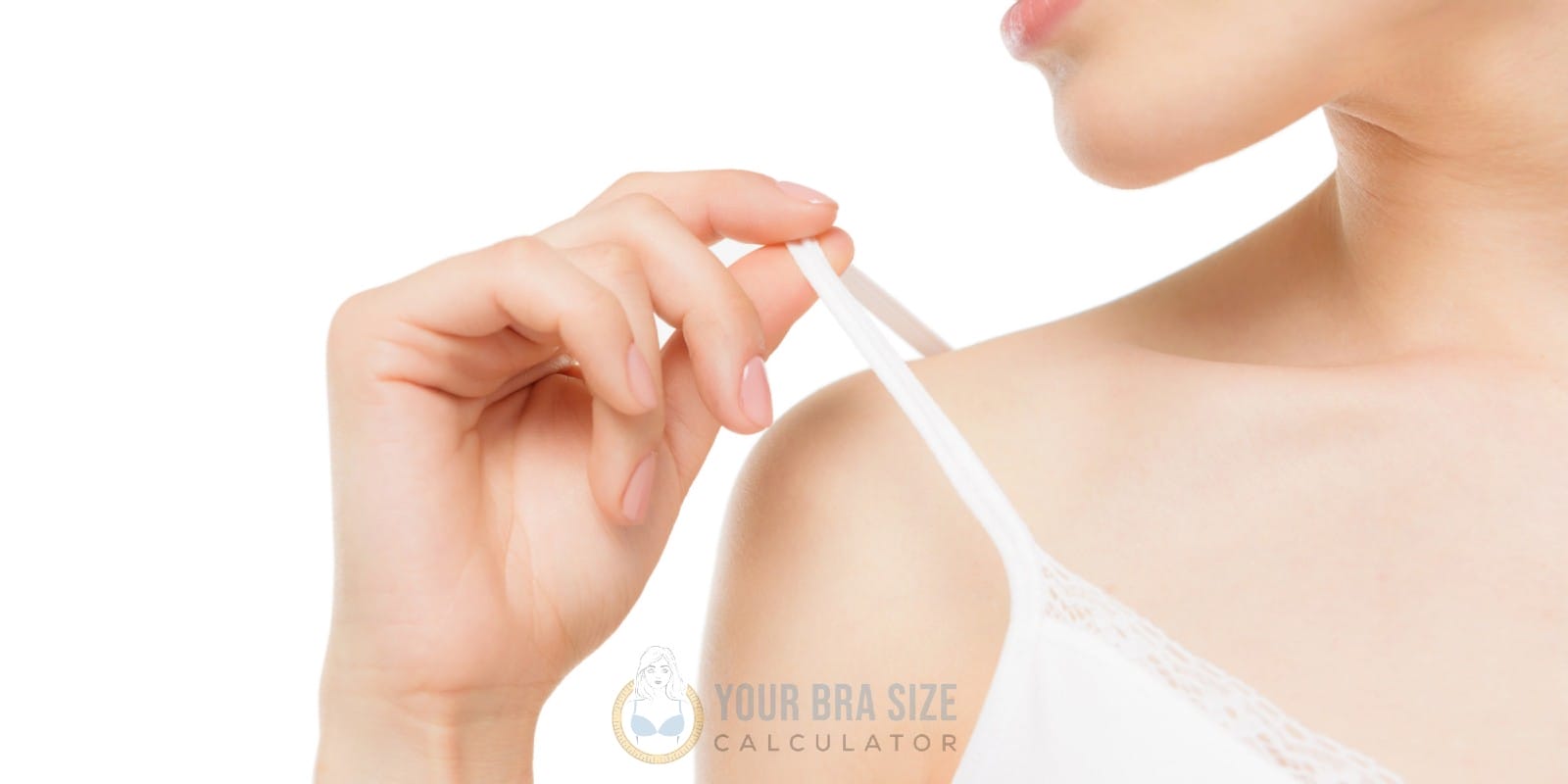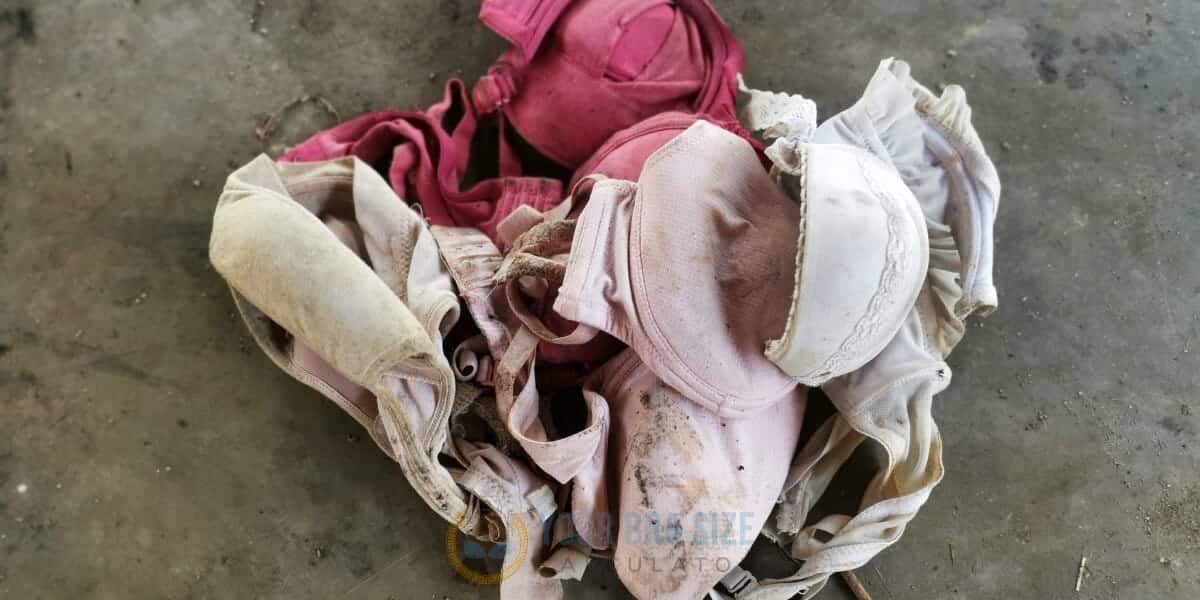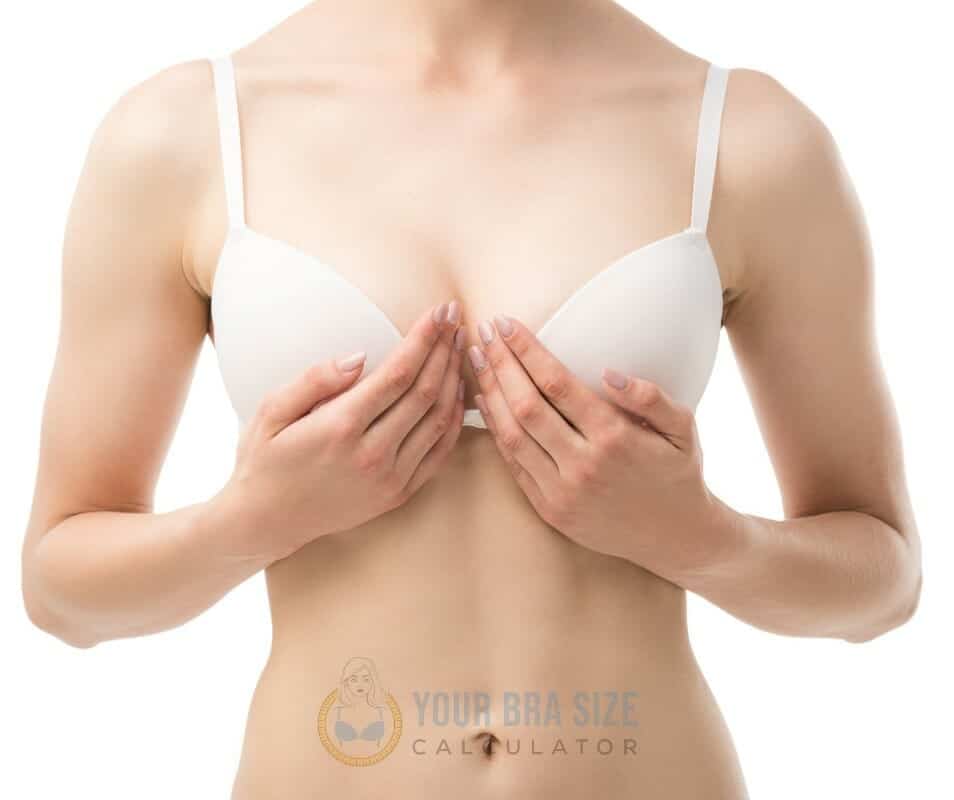Are you a breastfeeding mother wondering whether or not to wear a bra to bed? It’s an important decision that should be based on comfort and convenience. Wearing a bra at night can support your breasts, but it may also affect the quality of your sleep. In this article, we’ll explore the pros and cons of wearing a bra while nursing so that you can make the best choice for yourself and your baby.
Many women find breastfeeding both physically and emotionally rewarding; however, nursing mothers often struggle with discomfort in their breasts during certain stages of lactation. This is why many moms wear bras at night — they help keep everything in place and prevent unexpected leaks! But sleeping in tight-fitting undergarments can also cause irritation, which could interfere with restful slumber.
Ultimately, it comes down to personal preference: what works for one mom might not work for another. Still, weighing up the pros and cons of wearing a bra when breastfeeding will ensure that no matter what option you go for, you’re making an informed decision about how best to care for yourself and your little one. Read on to learn more!

Benefits Of Wearing A Bra When Breastfeeding
A nursing bra can be a mother’s best friend, offering comfort, support, and convenience while breastfeeding. Picture the relief of having your hands free to multitask. At the same time, the baby nurses at the breast – that is the beauty of wearing a bra during breastfeeding. The benefits of wearing a bra when breastfeeding are plentiful, especially if considering purchasing a quality nursing bra or sleep bra.
Wearing a supportive bra helps keep breasts in place and secure while feeding and prevents soreness from occurring due to excessive movement. Nursing bras also provide easy access for convenient latch-on and removal of clothing layers which can be cumbersome when dealing with fussy babies. Additionally, many styles have extra features like drop-down cups for quick pumping sessions or soft cotton liners for additional skin protection against leakage.
With all these advantages in mind, it makes sense why many moms wear their nursing bras even when sleeping at night – providing maximum comfort and ease throughout the day and night. Whether you are searching for an ideal fit or want peace of mind knowing your assets are fully supported, you may find that wearing a bra to bed during breastfeeding brings excellent value to your parenting experience overall.
Disadvantages Of Wearing A Bra When Breastfeeding
Despite the potential benefits of wearing a bra while breastfeeding, several disadvantages exist. Wearing an ill-fitting or uncomfortable bra can harm both mother and baby during nursing sessions. Poorly fitting bras may cause discomfort for the wearer due to constriction around the rib cage or back pain caused by straps digging in too tightly. Bras that fit poorly can also affect milk production and flow because they put too much pressure on specific areas of the breasts. Additionally, some women may experience allergic reactions from materials used in particular bras, which could lead to skin irritation and itching. Lastly, chafing is another common problem associated with wearing a bra when breastfeeding; this occurs when fabric rubs against sensitive skin, causing an unpleasant burning sensation.
Considering these possible drawbacks, alternatives should be explored before automatically assuming a bra will benefit breastfeeding mothers.
Alternatives To Wearing A Bra When Breastfeeding
According to a survey by the American Osteopathic Association, almost two-thirds of new mothers experience breast pain while breastfeeding. While wearing a bra may bring instant relief for some nursing moms, it’s not always necessary or comfortable enough to wear all night. Luckily, several alternatives provide comfort and support when feeding your newborn.
Nursing tanks and camisoles offer great coverage without feeling too tight around the chest area. They come in various styles with adjustable straps so you can achieve the best fit possible. Wireless nursing bras also provide extra support during feedings while being lightweight enough to sleep comfortably. Nursing nightgowns are an even more flexible option; they feature accessible access openings at the bust area, making it easier to nurse at any time.
Regardless of what type of sleepwear you choose, be sure it fits well and is made from breathable fabrics like cotton or bamboo. If you’re looking for additional style options and comfort, look for pieces that come with coordinating robes or lounge pants – this way, you’ll have everything ready before bedtime! Transition sentence: With these choices available, choosing the right bra for breastfeeding doesn’t have to be complicated.
Tips On Choosing The Right Bra For Breastfeeding
When choosing a nursing bra, comfort and support should be the primary considerations. Look for bras with adjustable straps and breathable fabric to ensure a comfortable fit throughout the day. It is important to get fitted by an expert to find the best size for your body type. Make sure it fits snugly but doesn’t pinch or bind in any way.
Finding the right brand of supportive bra may take some time, as each woman’s needs are different when breastfeeding. A well-made bra will have wide straps, plenty of coverage, and sufficient cup space so your breasts won’t feel uncomfortable while nursing or pumping. Additionally, look for features such as extra padding around the edges of cups for more comfort and security when feeding your baby.
Furthermore, select materials that are soft against the skin and allow air circulation – this will help reduce irritation from sweat buildup after long periods of wear. With these tips in mind, you should be able to choose a supportive yet comfortable nursing bra that allows enough flexibility while offering maximum support during breastfeeding sessions. Now let us discuss comfort and safety considerations when wearing a bra at night while breastfeeding.
Comfort And Safety Considerations
Whether or not to wear a bra while breastfeeding at nighttime is a personal choice. When deciding, it’s important to consider comfort and safety for both mother and baby. For nursing mothers, wearing a supportive bust garment can help reduce potential pain from the strain of lactation on the chest area. A well-fitting bra provides additional warmth and support, leading to an improved sense of well-being during those late-night feedings.
In terms of safety considerations, if you choose to breastfeed without any clothing covering your breasts, ensure that only your baby has access to prevent accidental exposure. If other people are in the room during feeding sessions, then wearing some form of clothing would be recommended. Additionally, wearing a cover-up top or shirt over your regular daywear might be beneficial if you need extra coverage while breastfeeding in public places such as restaurants or grocery stores.
Considering all these factors will allow you to decide what kind of nighttime wear works best for you when breastfeeding. With this knowledge, we can look into potential long-term effects associated with different nightwear garments while nursing.
Potential Long-Term Effects
When it comes to the long-term effects of wearing a bra while breastfeeding, there is still some debate. Some experts suggest that wearing a well-fitting nursing bra or other lactation support can help mothers better support their breasts and promote comfort during feedings. On the other hand, restricting movement with an overly tight fit could lead to decreased milk flow in specific cup sizes. Therefore, many women opt for more comfortable sleepwear, such as nursing tanks or special nursing lingerie, when sleeping at night.
Whether or not to wear a bra to bed when breastfeeding should ultimately be up to each mother. If you do so, select one made from breathable material and ensure it fits properly without being too restrictive. Consider investing in several different bras explicitly designed for feeding if needed, allowing you to switch between them as your body changes throughout breastfeeding.
Ultimately, the best option might be whatever provides you maximum comfort while allowing your breasts freedom of movement – no matter what time of day it is!
Frequently Asked Questions
What Is The Safest Type Of Bra To Wear When Breastfeeding?
Nursing mothers need to feel supported and comfortable during the breastfeeding journey, so selecting the best bra for breastfeeding can be daunting. Like an embrace of comfort, finding a supportive bra that will offer both safety and security throughout every feeding session is essential. With this in mind, let us explore what makes up the safest type of bra when breastfeeding.
When looking for the perfect fit, nursing bras are designed with extra panels or clips to easily open and close as needed – allowing quick access for those precious feedings. These particular bras also come with adjustable straps to ensure mommy’s shoulders don’t endure any unnecessary strain while supporting her changing breast size. To create maximum ease of use for busy moms on the go, some nursing bras also include front closures, which make them easier to take off and put back on quickly after each feeding.
Comfort should always remain a top priority when seeking the ideal bra for breastfeeding mamas; however, it doesn’t have to come at the cost of style, either! Nowadays, many fashionable options are available featuring beautiful designs made from soft materials like cotton blends or breathable fabrics that keep moms feeling secure without sacrificing their fashion sense.
Selecting a supportive yet comfortable bra is critical when choosing your new nursing companion – rest assured knowing you’re making sure your body is receiving its much-deserved TLC while helping baby reach their nutrition needs!
Are There Any Long-Term Health Effects Associated With Wearing A Bra While Breastfeeding?
Many mothers have questions about the potential long-term health effects of wearing a bra when it comes to breastfeeding. While some may believe that wearing a bra while breastfeeding is safe, it’s essential to consider any potential risks and determine if there are any long-term consequences for doing so.
Using bras during this time can provide additional support and comfort. Still, it’s essential to ensure the fit is correct and not too tight or restrictive. A poorly fitted bra could cause discomfort and even damage delicate breast tissue, leading to long-term health issues. Additionally, suppose the fabric isn’t breathable enough or made from materials that don’t allow air circulation. In that case, sweat and moisture can become trapped, creating an environment where bacteria can thrive, leading to further skin irritation or infection.
Ultimately, every mother should decide whether they feel comfortable wearing a bra while breastfeeding – especially considering its possible impact on both short- and long-term health outcomes. However, it’s essential to research the fabrics used beforehand and ensure the right fit before deciding what clothing suits you best.
Is There Any Difference Between Wearing A Bra Or Going Braless When Breastfeeding?
When it comes to breastfeeding, one of the questions that often arises is whether there is any difference between wearing a bra or going braless. Many mothers want to know if there are benefits for either option when feeding their baby at night. To answer this question, we must consider how comfortable you will be and how each choice impacts your milk supply.
One obvious benefit of wearing a bra while breastfeeding during the day or nighttime is comfort. Wearing a supportive bra can prevent sagging breasts and keep them supported. Additionally, bras provide coverage so mothers don’t feel exposed in public places or around family members who may not appreciate seeing too much skin. Even though some women find they’re more comfortable without support at night, many still wear a sleep bra for added convenience and protection against leaks.
On the other hand, you are going braless while breastfeeding has its own set of advantages. Since skin-to-skin contact helps with letdown reflexes, accessing your breast freely can help speed up feedings and make them more accessible overall. Furthermore, sleeping braless give your breasts time to rest, improving circulation and reducing soreness associated with engorgement due to milk production surges throughout the day or night.
Nursing moms need to assess their needs and preferences when deciding whether a bra should be worn during breastfeeding sessions, particularly at nighttime hours. Ultimately, only you know what works best for you. Experiment with different options until you settle on one that satisfies all your requirements, including comfort level and ease of use for frequent feedings throughout the night.
Can Wearing A Bra To Bed While Breastfeeding Cause Any Discomfort?
It is understandable to wonder if wearing a bra to bed is. At the same time, breastfeeding may cause discomfort or other long-term issues. After all, comfort and safety are the top priority when caring for your baby’s needs. Several factors should be considered before deciding whether wearing a bra during nighttime feedings will be beneficial or potentially harmful.
Firstly, any garment worn close to the skin can become uncomfortable after extended periods, including bras. In addition, tight clothing around the chest can restrict milk flow and make breastfeeding more difficult overall. Therefore, it is essential to ensure any bra you choose fits properly and provides enough support without feeling too constrictive.
Secondly, there have been minimal studies conducted on the effects of wearing a bra to bed while breastfeeding in the long term; however, some potential risks include:
- Reduced milk production due to restricted blood circulation
- Painful engorgement caused by blocked milk ducts
- Skin irritation from fabric rubbing against sensitive areas
Ultimately, every mother must decide what works best for them and their little one, as no two situations are identical. With considerations such as fit, comfort level, and potential health risks in mind, many mothers feel comfortable going braless during night feeds – ultimately allowing maximum flexibility with minimum restrictions.
Is There Any Evidence To Suggest That Wearing A Bra While Breastfeeding Can Help With Milk Production?
Regarding breastfeeding, there is much debate over whether wearing a bra can help with milk production. While many mothers swear by the benefits of wearing a bra while nursing their children, some have found no difference between doing so and not. To better understand this issue, let’s explore what evidence exists about the potential advantages of wearing a bra when breastfeeding.
Studies on the connection between bras and increased milk production still need to be more conclusive. However, some research has suggested that wearing an appropriately fitted bra could reduce discomfort during feeding sessions due to increased breast support. Additionally, some experts theorize that applying pressure from a well-fitted bra may encourage more efficient drainage of milk ducts in the breast, leading to higher levels of lactation hormones and promoting better milk flow and output.
Further large-scale studies must be conducted before any definitive conclusions can be drawn. Nonetheless, if you feel uncomfortable or experiencing issues related to your ability to produce enough milk while breastfeeding without a bra, consulting with a doctor might be beneficial as they can provide additional guidance based on your particular circumstances.
In summary, there is currently limited evidence on whether to wear a bra. At the same time, breastfeeding helps increase milk production. However, certain factors, such as comfort level, should still be considered when deciding whether to wear one during feedings.
Conclusion
It is ultimately up to you as a nursing mother whether or not you wear a bra while breastfeeding. It’s essential to consider the benefits and drawbacks of wearing one, especially while sleeping. Ultimately, it may be worth considering if it makes you feel more comfortable and secure.
When choosing what bra to wear for sleep-time feeding sessions, opt for something that provides comfort and support without being too restrictive. Remember that your breasts will likely change in size throughout your lactation journey, so make sure your bras are adjustable!
There is no single answer to this question; it all boils down to personal preference. As Mark Twain famously said, “You do what feels right in your heart—and cheerfully accept the consequences.” So find what works best for you – after all, when caring for yourself (and your baby) – mama knows best!

